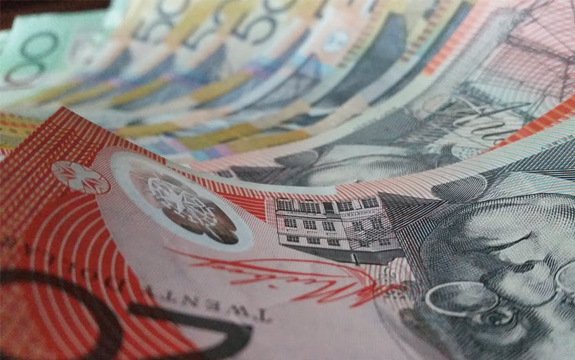The downward stickiness of credit card interest rates

In Summary
Swinburne University of Technology research has found that lenders behave irregularly in response to changes in the Reserve Bank of Australia’s (RBA) cash rate.
Research undertaken by Swinburne economics professor Abbas Valadkhani has been cited in a report prepared for the Senate Economics Legislation Committee, which questions the record gap between the RBA’s official interest rate and credit card rates.
"The RBA’s rate rises are passed onto borrowers much faster than rate cuts and the credit card interest rate is typically resilient – it hardly goes down," Professor Valadkhani said.
On average, banks immediately pass on 112 per cent of any RBA’s rate rises, but only 54 per cent of any rate cut.
"The short-run speed of rate cuts were not only less than half of the rate rises but were also delayed on average by two months," he said.
Professor Valadkhani said credit cards have become an important source of personal finance, particularly in the post 2008 Global Financial Crisis era.
The ratio of credit card balances to other personal loans increased from 18.2 per cent in August 2002 and 19.5 per cent in November 2007 to 26.4 per cent in August 2012.
Professor Valadkhani said other studies have found that credit card interest rates are relatively higher than other lending rates with the most important explanation for this phenomenon being search costs, switching costs, and adverse selection – in regards to high risk borrowers.
"High risk borrowers are usually more inclined to search for lower interest rate cards because they think it is more likely that they may use that debt in the future.
"Due to this likely phenomenon, financial institutions hesitate to reduce their credit card interest rates because this action may in fact encourage high risk borrowers to apply for their products."
Professor Valadkhani’s ongoing research on credit card interest rates can be found in the Journal of the Asia Pacific Economy titled Downward Stickiness of Interest Rates in the Australian Credit Card Market.

